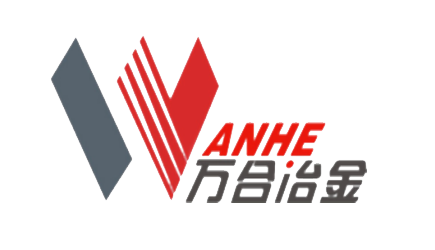Tackling the challenging issue of open dust source control, the blow-and-suction dust removal technology puts a "green mask" on industrial workshops.
2025-11-18
In today's era, as industrial manufacturing moves toward high-quality development, managing uncontrolled emissions of smoke, dust, and particulates within workshops remains a major pain point for many enterprises. This is especially true for open workstations such as welding, cutting, and grinding, where conventional dust removal methods often fall short. Recently, an advanced dust-control technology—based on "blow-and-suction airflow" management—has been rapidly gaining traction across numerous manufacturing companies thanks to its exceptional efficiency and energy-saving performance, offering a groundbreaking solution for tackling dust sources in open environments.
In the welding workshop of a large engineering machinery manufacturing enterprise in Suzhou, the once-common sight of thick, billowing smoke has completely disappeared. Above the dozens of welding stations, the formerly drooping, bulky fume hoods are now replaced by an almost "invisible" system: on one side, slender, elongated air-supply slots gently release even airflow; on the other, parallel exhaust hoods precisely capture the airborne welding fumes before they can spread. As a result, workers no longer need to constantly readjust the position of the dust collection hoods, and their workspaces have become bright and unobstructed.
"This finally solves the long-standing, stubborn problem we’ve been grappling with for years," explained Engineer Wang, head of the company’s environmental protection department, to reporters. "In the past, we relied on conventional top-suction or overhead hoods, but during the upward movement of smoke and dust, these systems would directly expose operators to harmful particles in their breathing zones, posing serious health risks. Moreover, to achieve effective dust collection, we had to crank up the fan power significantly—resulting in excessive noise levels and skyrocketing energy consumption—yet the outcomes were still far from ideal. It was truly a case of doubling the effort for half the result."
The principle behind the blow-suction dust removal technology cleverly draws on classical aerodynamic theories. The system features air nozzles positioned precisely at the dust-generating point, creating a steady and highly controlled airflow that acts like an "invisible hand," guiding lightweight, airborne dust particles toward a nearby suction port with exceptionally strong negative pressure. This setup forms an invisible yet remarkably effective "air curtain seal," which firmly contains the pollutants within the moving air stream—ultimately channeling them into purification equipment for treatment.
“The fundamental difference between this technology and traditional dust removal lies in the shift from ‘passive suction’ to ‘active guidance and control.’” Dr. Zhang, Technical Director of Qingfeng Technology, a leading domestic environmental protection technology company, explained, “Think of it as building an ‘airflow canal’ across a wide river. Instead of trying to drain the entire river, we guide the water flow—specifically, the dust-laden air—efficiently along a narrower channel we’ve carefully designed: the blow-suction air curtain. This approach allows us to achieve more thorough dust collection with significantly reduced airflow, cutting the system’s overall energy consumption by over 30%.”
The head of the construction machinery company also added another key benefit: "In addition to energy savings and high efficiency, this system has indirectly helped us enhance product quality. Thanks to the significantly improved air cleanliness in the workshop—resulting in fewer suspended metal dust particles—it has become crucial for precision welding and preventing surface contamination of our products. This clearly demonstrates that environmental investments aren't merely a cost—they can also translate into tangible production gains."
As the country increasingly tightens regulations on workplace environments within enterprise workshops and on uncontrolled emissions, blow-and-suction dust removal technology is poised for broad application prospects. Industry experts generally agree that this technology is not only suitable for welding workshops but can also leverage its unique advantages in numerous other fields—such as laser cutting, chemical material handling, and material transportation—where open dust sources are present. It is set to become another critical technological tool driving the green transformation of manufacturing while safeguarding the healthy breathing of industrial workers.


